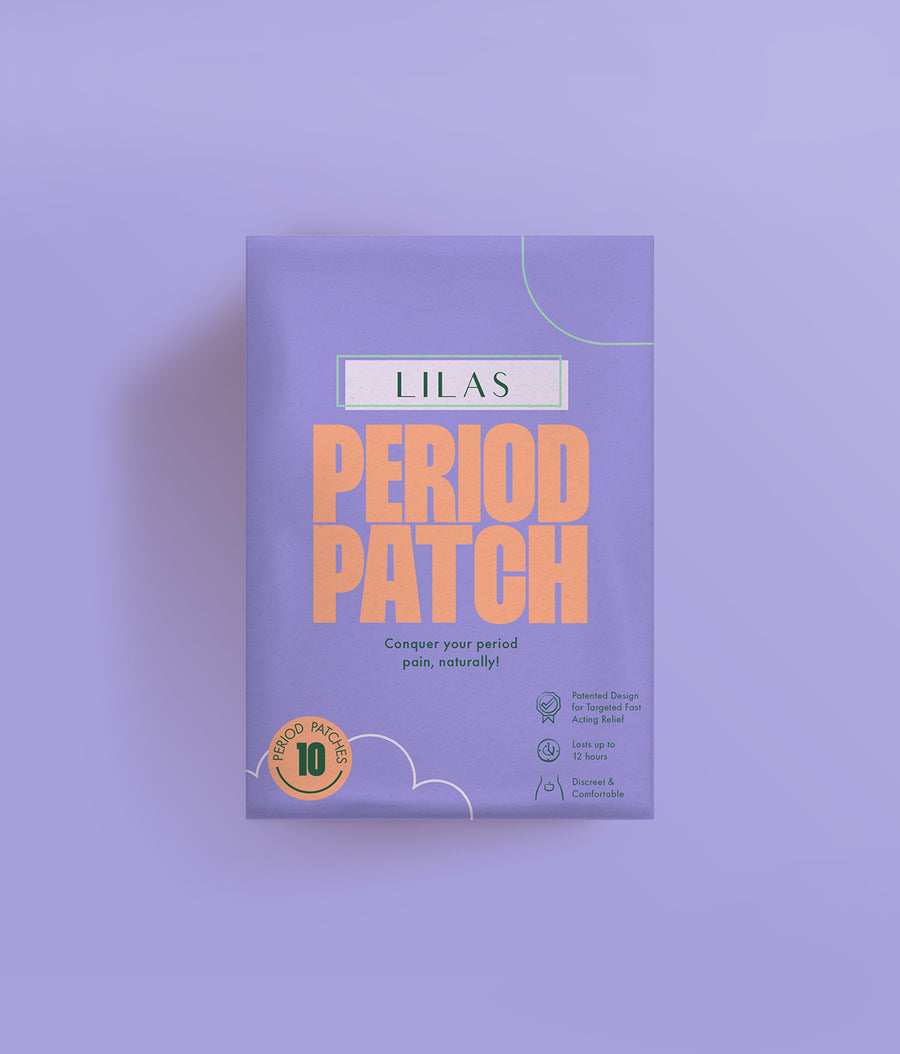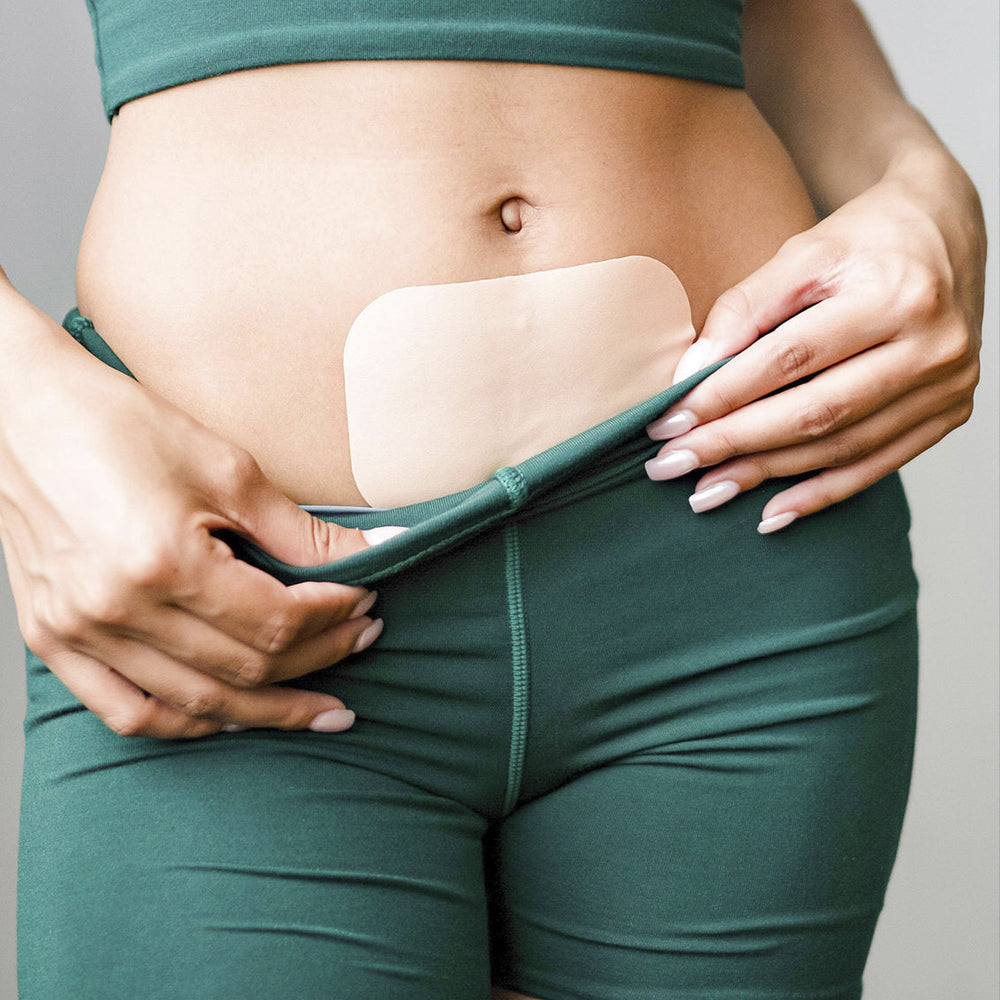3 Things to Consider Before Using a Heating Pad for Period Pain
From ice packs to prescribed pain medication, there are a multitude of methods we can use to relieve pain. However, since pain is far from being a one-size-fits-all thing, there are certain treatments that are better suited for some types of pain than others. Using heating pads is an increasingly popular way for people to address their pain needs. Growing up, though I never used heating pads specifically, I was encouraged to hold a warm water bottle to my back whenever I was experiencing the worst of my period cramps. Though the warmth was soothing, I’m still not sure how much the heat actually alleviated my pain. This is not to say that heat treatment isn’t helpful at all, but there are definitely some situations in which it is more effective. To be more specific, though heating pads provide some relief for menstrual pain, it may not be the best treatment method for it.
Heat application through pads and hot water bottles generates an analgesic effect on the pain site. This means that instead of the source of your pain being addressed, your perception of the pain is altered.. Rather than processing the persistent dull throb of muscle strain in its entirety, your nerve cells are distracted by the heat sensation preventing pain signals from reaching your brain. Bearing the analgesic effect in mind, where does menstrual pain fit into all of this? Well, we don’t completely discourage using heating pads and hot water bottles, given that the analgesic effect is powerful. However, we also encourage doing so with caution, especially noting these three main concerns:
- The potential for skin irritation and damage (i.e. blisters, rashes, burns)– There’s no way to know how hot a heating pad or hot water bottle will get and the risk of skin burning/scalding is real. According to leading pain scientists, it is really only safe to apply continuous heat to an area for 30 minutes or less due to something called the rebound phenomenon. While the heating pad is being applied, superficial capillaries open up and increase blood flow around the pain site. However, 20-30 minutes after the heat is removed, the capillaries constrict, making it difficult for blood and oxygen to carry heat away from the area. If the heat can’t escape, then the skin of the applied area is more likely to blister, develop a heat rash called Erythema ab igne (EAI), or even burn. This can be particularly harmful for sensitive areas like the pelvis. One comprehensive 2012 study found that about 1,500 patients are treated for burn injury from electric heating pads in emergency rooms and an average of 8 deaths are associated with the use of heating pads each year in the United States. In essence, if you aren’t careful, heating pads and hot water bottles can potentially cause more pain than you started with .
- The use time limit (preventing negative overexposure side effects)– As mentioned before, you really shouldn’t use a heating pad for longer than 30 minutes, meaning you have to be intentional in regulating the duration of the application. Because of the possibility of overexposure, experts also discourage sleeping while applying heating pads. Basically, a hot water bottle isn’t something you can just press against you and go about your business. If you choose to use heat therapy for pain relief, it’s important to proactively monitor how long you use it..
- Heat not addressing prostaglandins– Though heating pads can be helpful in addressing muscle strain, they may not be able to have the same impact with period pain. Why? Many researchers specializing in the biomechanisms of menstruation maintain that period pain is actually caused by specific chemicals called prostaglandins. The application of heat and the subsequent increase in blood flow don’t appear to have any known effect on prostaglandin production or general regulation. This makes heating pads notably less beneficial in treating menstrual pains specifically. In fact, experts recommend that the application of heat is best for chronic muscle pain conditions.
What sets LILAS patches apart from heating pads/hot water bottles? Our patches use a unique formulation of two key ingredients: menthol and eucalyptus. Menthol is a clinically proven analgesic that stimulates a cooling sensation upon topical application. The feel of the relief may be different, but the pain perception-altering effect is similar to that of heat therapy. Additionally, it’s safer to use our patches for longer, and you wouldn’t have to worry about any of the previously mentioned side effects. LILAS Feminine Pain Relief Patches are safe and effective for 12 hours of use, with a more intense cooling sensation in the first 30 minutes and continuous menthol release for the remaining time. Once you put the patches on, you don’t have to monitor how long you use it. The adhesive starts to relax a bit around 12 hours anyway. That’s one less thing you need to think about. Our patches are more equipped to provide safer and longer-term relief. So, are heat pads the worst option for pain treatment? Probably not. But are LILAS all-natural pain relief patches a better option for menstrual pain treatment? Absolutely. While being in healthy dialogue with your physician, survey our pain relief patches and read our story on how we did the research to best address women’s pain needs.


Leave a comment